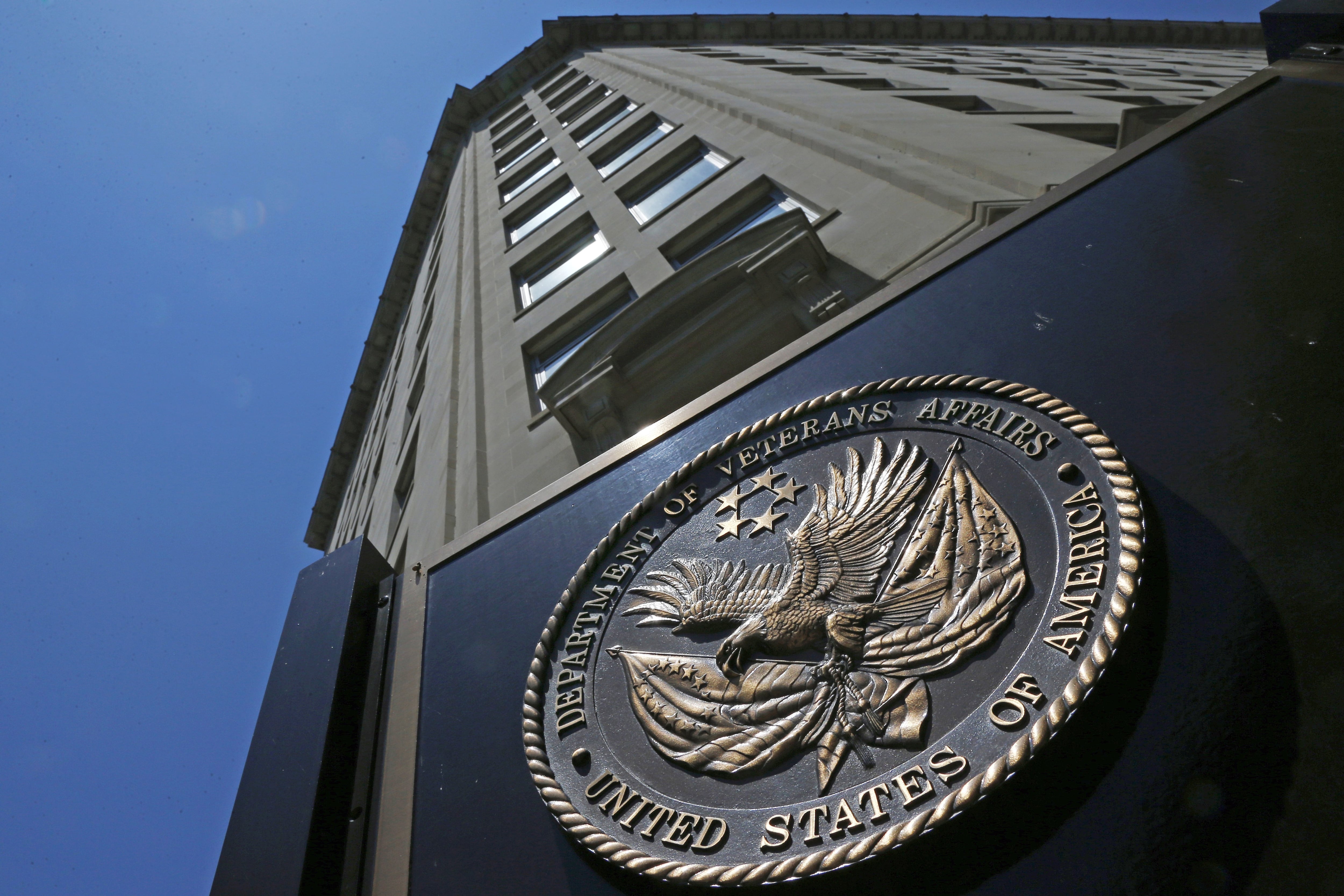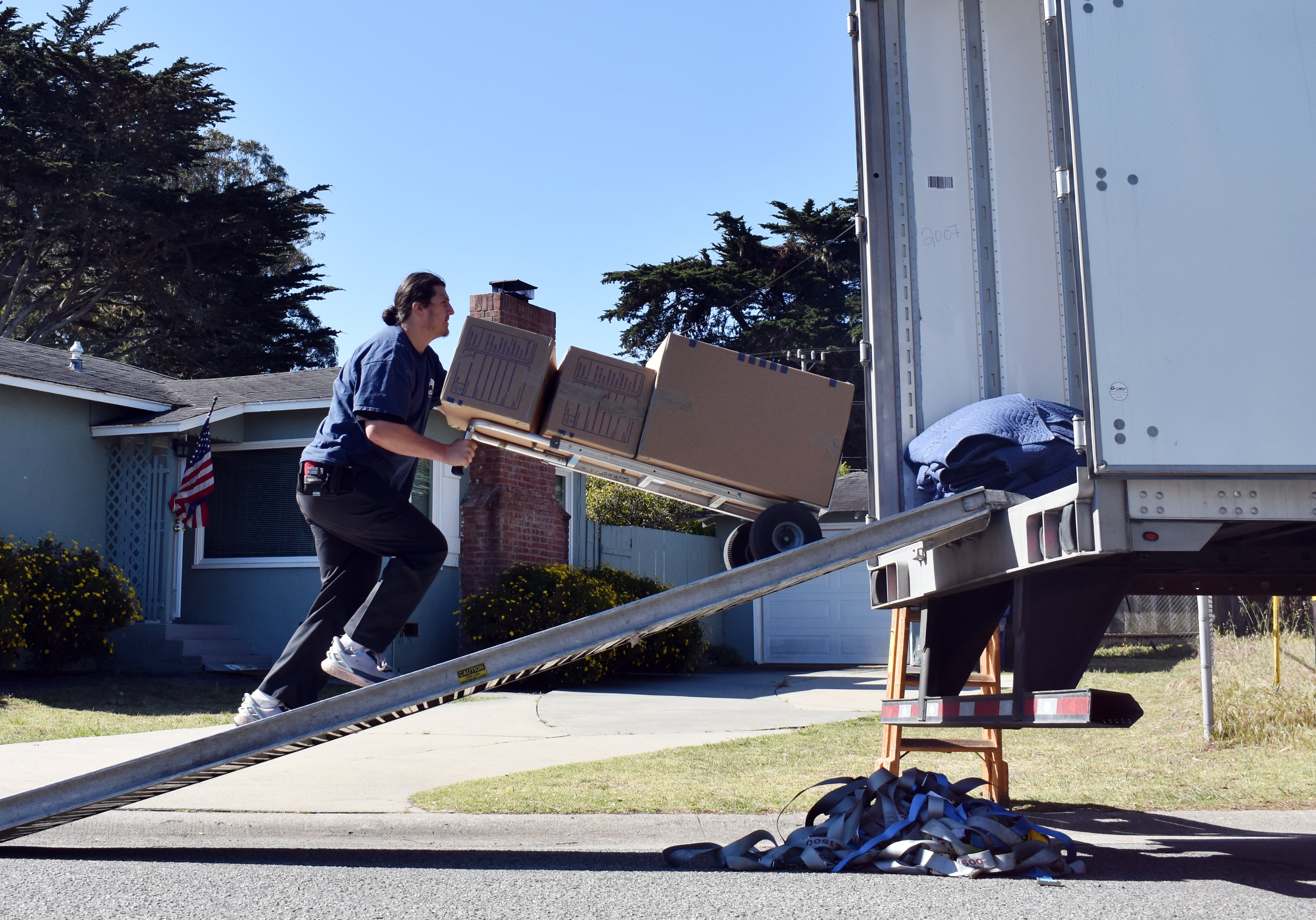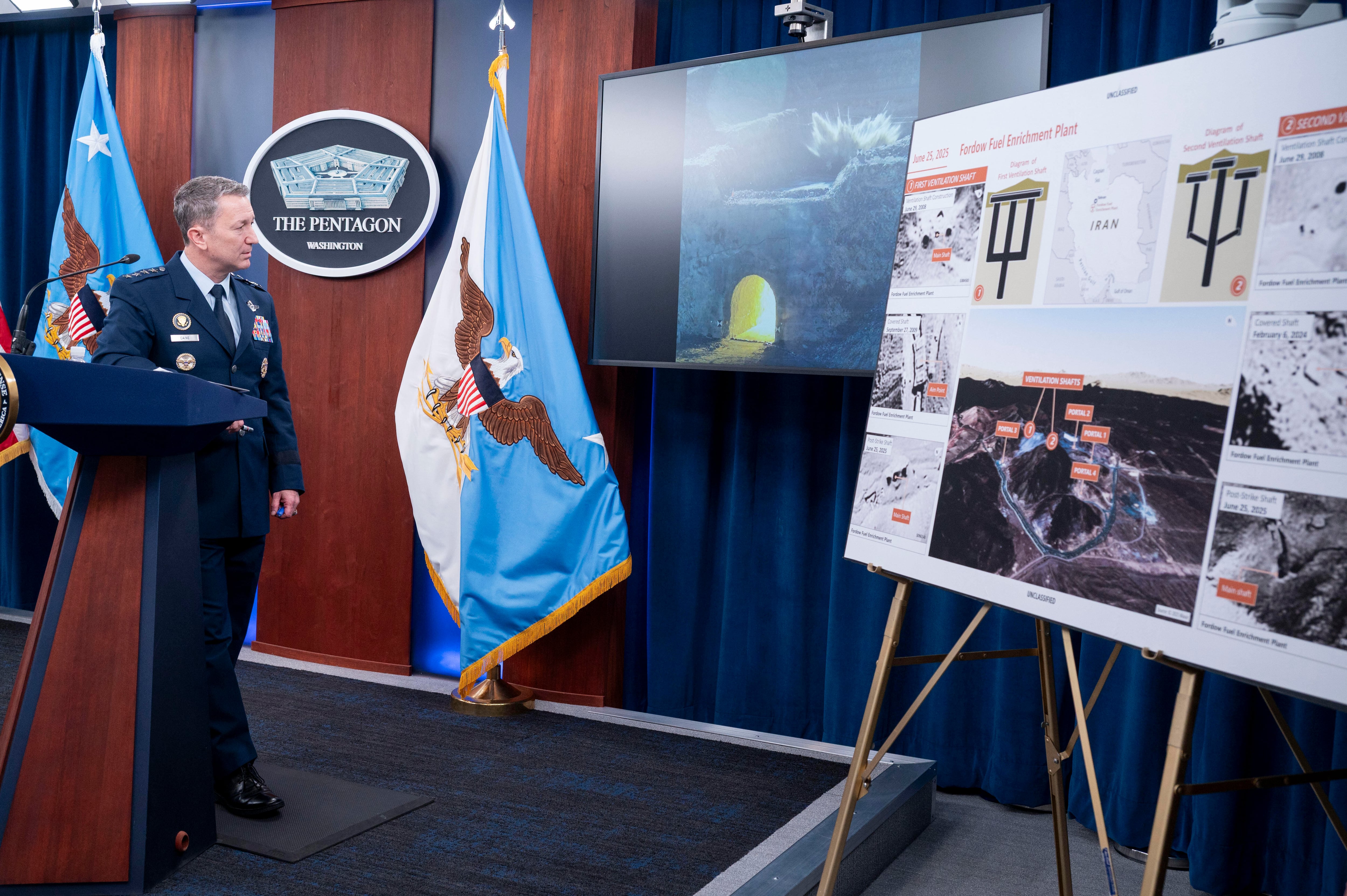BRUSSELS — NATO says that Russian military activity near the alliance’s airspace increased slightly this year as its jets across Europe scrambled more than 400 times to escort or shadow unknown aircraft.
In a statement released Monday, NATO said almost 90 percent, or about 350 of these missions, were connected to flights by Russian military aircraft.
RELATED
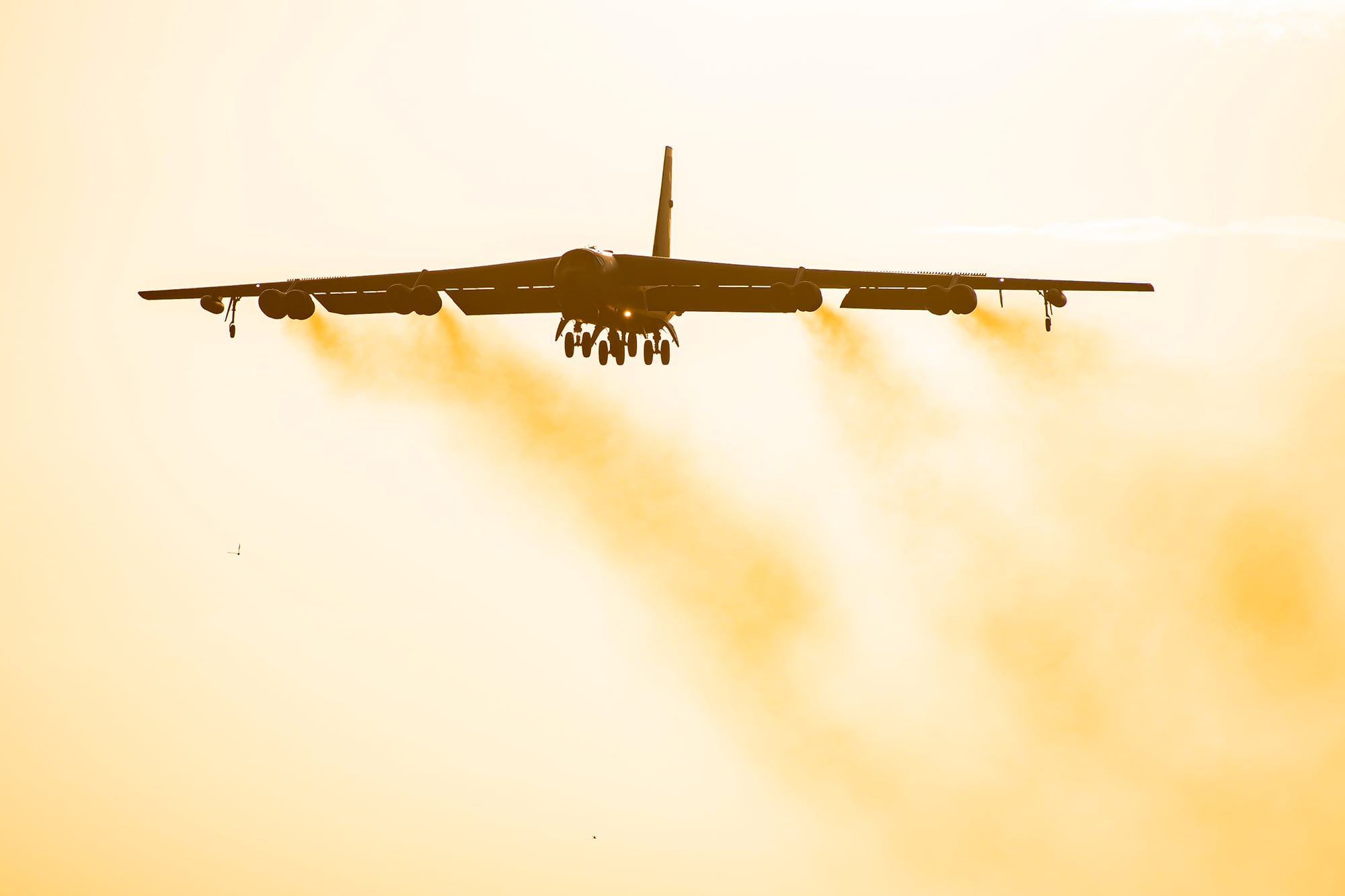
“This is a moderate increase from 2019,” NATO said. “Russian military aircraft often do not transmit a transponder code indicating their position and altitude, do not file a flight plan, or do not communicate with air traffic controllers, posing a potential risk to civilian airliners.”
NATO has two air operations centers — one in Germany, covering northern Europe, and one in Spain covering the south — which together monitor all air movements across Europe.
RELATED
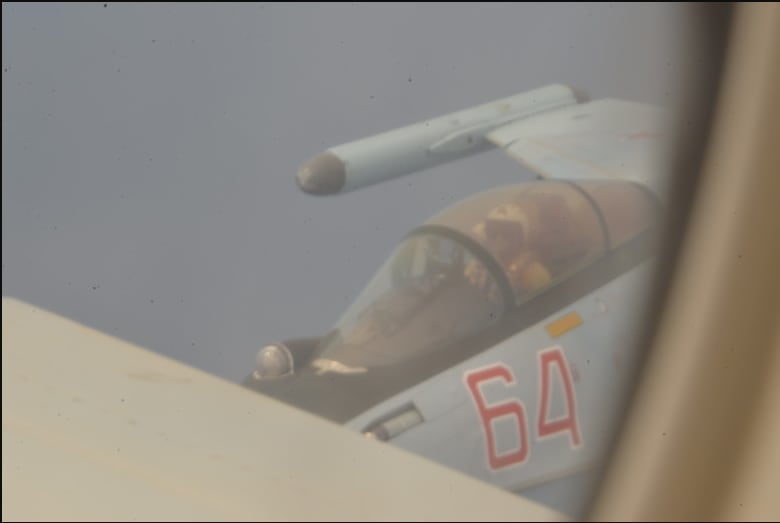
This story was first published on Dec. 28, 2020. It was updated on Jan. 8, 2021, to correct NATO’s description of Russian military activity. The alliance said the activity increased near NATO airspace, not in it.

